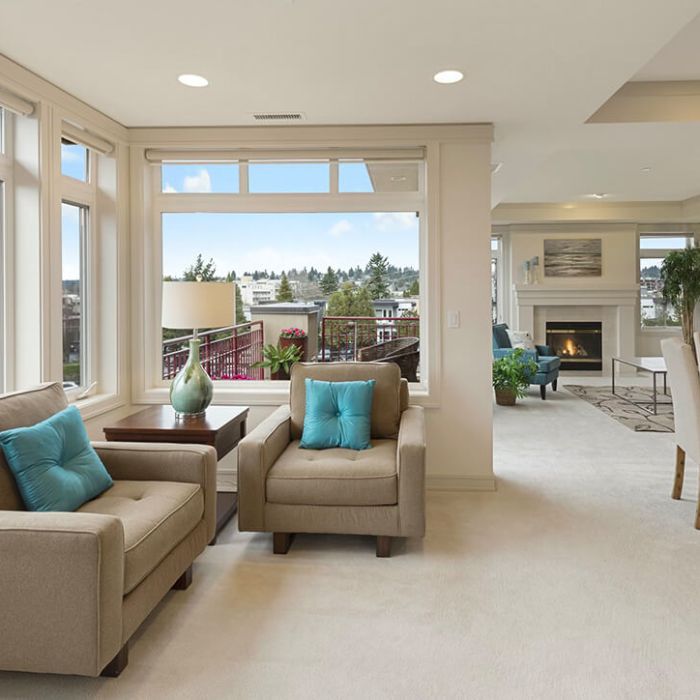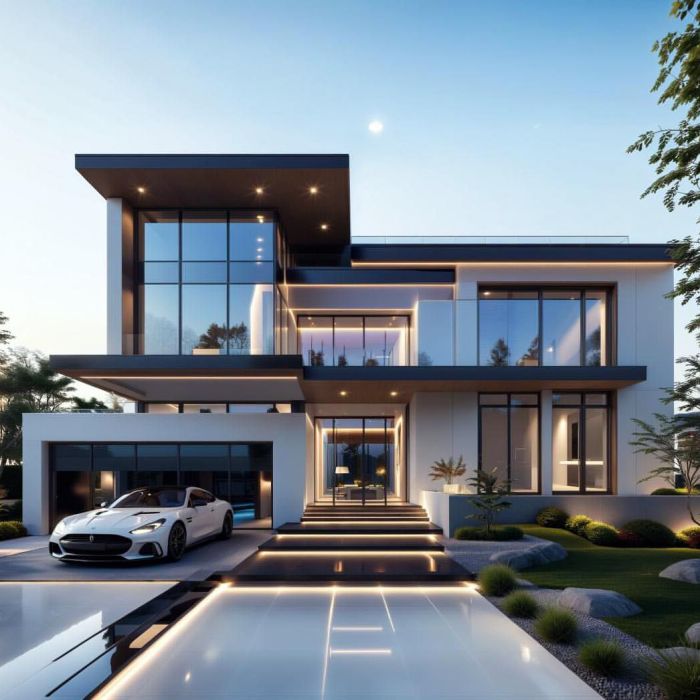Why Interior Design with Good Architecture Works
When it comes to creating beautiful and functional spaces, the synergy between interior design and architecture cannot be overstated. Each discipline complements the other, resulting in environments that not only captivate the eye but also serve their intended purpose efficiently. Good architecture sets a solid foundation, while thoughtful interior design elevates and personalizes that structure, ensuring it meets the needs of its occupants. This harmonious relationship is crucial for crafting spaces that resonate with vitality, comfort, and flair.
Architectural design involves several elements, including form, structure, and function. When these components are attentively aligned, they create a strong framework for the interior spaces. Well-designed architecture maximizes natural light, enhances spatial flow, and respects the surrounding environment. These foundational aspects are crucial as they serve as the backdrop against which interior design plays out. Understanding how a building’s shape, materials, and arrangement drive the atmosphere can help interior designers create cohesive spaces that feel both intentional and inviting.
Moreover, good architecture accounts for the practical aspects of how people navigate and use spaces. It integrates features such as walls, windows, and doors in a manner that facilitates positive experiences for its users. This planning extends to elements like acoustics and natural ventilation, which significantly impact comfort levels. When interior designers step in, they can build upon this thoughtful architecture, selecting furnishings, color schemes, and decorative elements that enhance the architectural vision while also considering practicality and lifestyle needs.

The interplay between natural and artificial light is another reason why good architecture and interior design work hand in hand. Thoughtfully positioned windows and structural openings can flood a space with light, creating warmth and vibrancy. Meanwhile, the interior designer can amplify this effect by strategically layering different types of lighting—ambient, task, and accent—to create mood and functionality. As such, the overall ambience of a space elevates, making it feel more spacious, welcoming, and engaging for its occupants.
Furthermore, when architecture and interior design are in sync, it enhances sustainability efforts. Good architectural design often incorporates eco-friendly materials and energy-efficient systems. Interior designers can then select furnishings and finishes that align with these principles, promoting a healthier indoor environment. This collaborative approach allows for the construction of spaces that are not only functional and aesthetically pleasing but also support the well-being of its inhabitants and the planet. By making conscious choices, both fields can contribute to creating sustainable lifestyles.
Finally, the essence of both architecture and interior design lies in their ability to reflect and enhance culture and identity. A building’s exterior may speak to its historical significance or blend with its surroundings, while the interior can provide a canvas for personal expression. When these elements are harmonized, they tell a cohesive story that resonates with everyone who experiences the space. Ultimately, the partnership between architecture and interior design can result in environments that are not only visually stunning but have depth and meaning, enriching the lives of those who inhabit them.
In conclusion, the collaboration between interior design and good architecture is fundamental in creating successful spaces. Each discipline brings valuable contributions to the table, resulting in environments that are functional, beautiful, and reflective of their users. By recognizing and celebrating this interplay, designers and architects can create settings that inspire, comfort, and support those who engage with them daily. Whether it’s a home, office, or public space, the impact of this integrated approach is undeniable.




